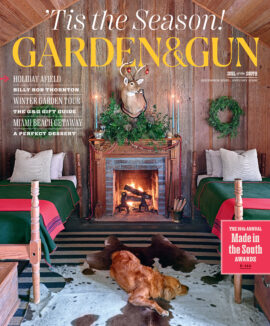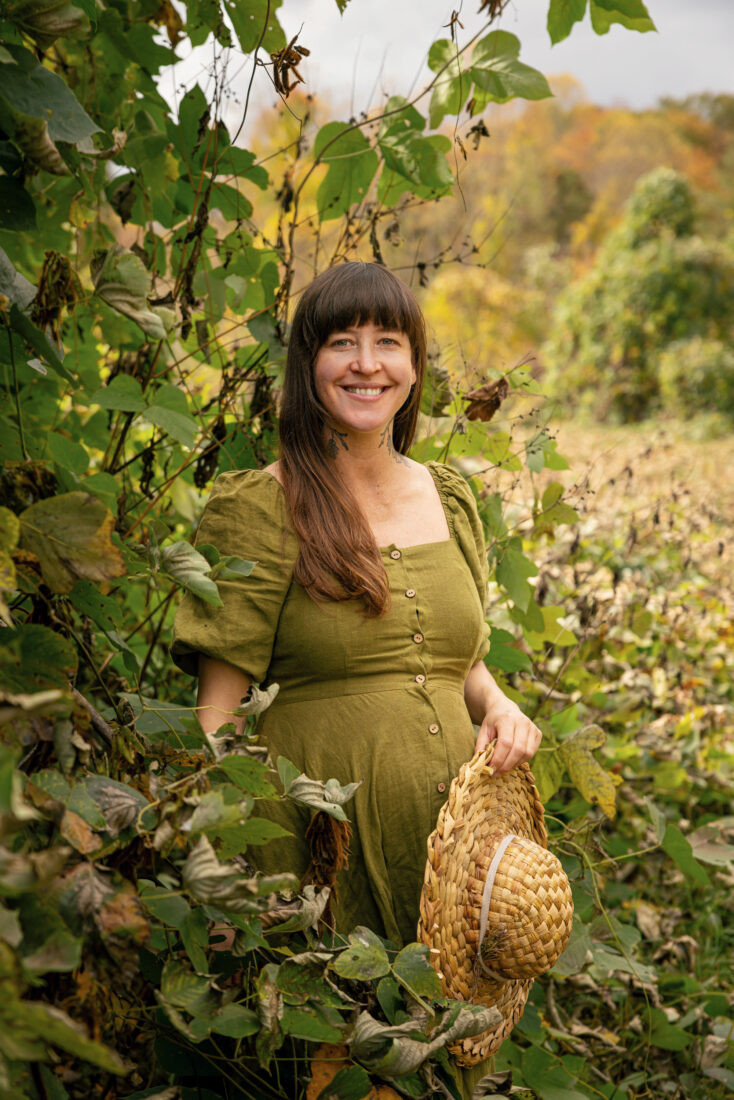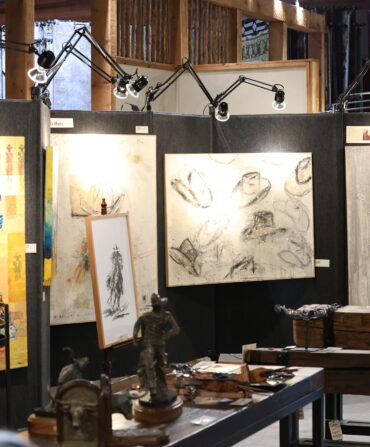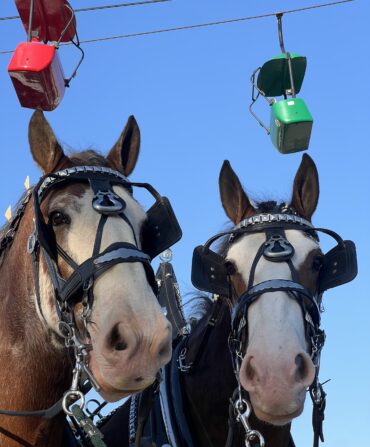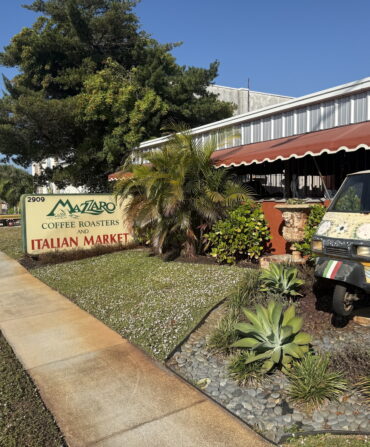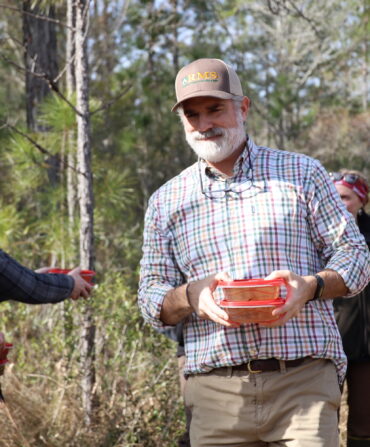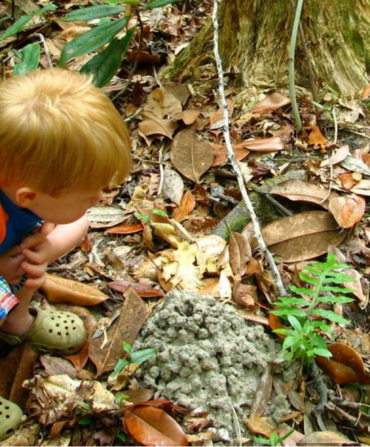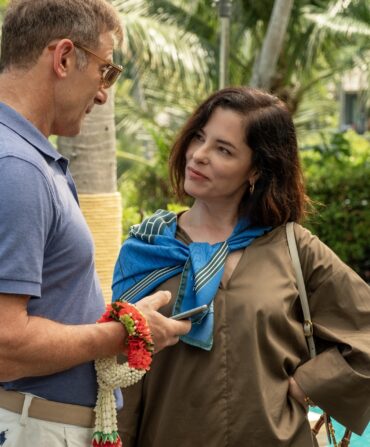Every morning, Delia Fian awakens to the sound of birdsong. As the dawn illuminates the valley below her home in the mountains bordering North Carolina’s Nantahala National Forest, Fian builds a fire and boils the water she brought up from the nearby spring the night before. She sips her tea as she watches the forest wake up, which, in her totally off-grid home, is the closest thing she has to watching television. Then, on days she isn’t teaching basketry, she heads to her workshop to weave.
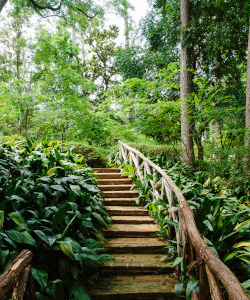
In Fian’s open-air studio—which, like her house, she and her partner built by hand with wood they harvested and milled themselves—she weaves kudzu vines into sturdy backpacks, privet bark into whimsical hats, and mimosa tree bark into slippers. As a basket maker who works with invasive species, Fian transforms some of the South’s most loathed plants into functional works of art, endowed with a sense of place and tradition.
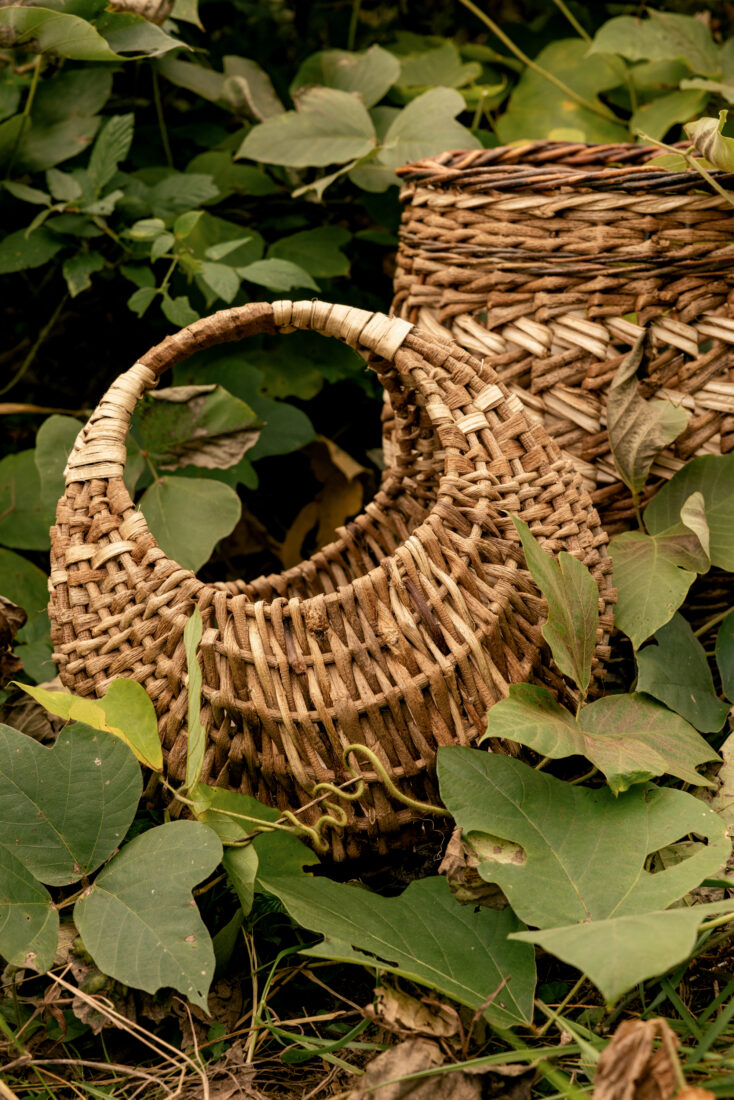
“Baskets were such an important part of daily life for our ancestors all over the world, all throughout time,” Fian says. While connecting with that history, Fian finds a deep sense of purpose in taking something most people consider a nuisance and turning it into an object that imbues a bit of wonder into the most mundane moments. Bringing home your groceries in a handmade tote, crafted with materials from where you live—“it’s just total magic,” she says.
Each of Fian’s creations begins on the land around her home. Invasive plants like kudzu, which tend to out-compete native species for resources, are a frustration at best and an ecological liability at worst. But for Fian, there are beauty and function to be found—you just have to know where to look. Split and scrape a kudzu vine just right and it reveals a silken layer of inner bark hiding beneath a tough layer of pith, pliable enough to be woven into cloth (which the Japanese have done for centuries). Stubborn privet’s sturdy wood can serve as buttons on a satchel or the ribs that hold a basket’s shape. Stiff wisteria vines are strong enough to become wicker furniture. “I’m not going to have enough time to explore all that’s possible or even scratch the surface in this life,” Fian says.
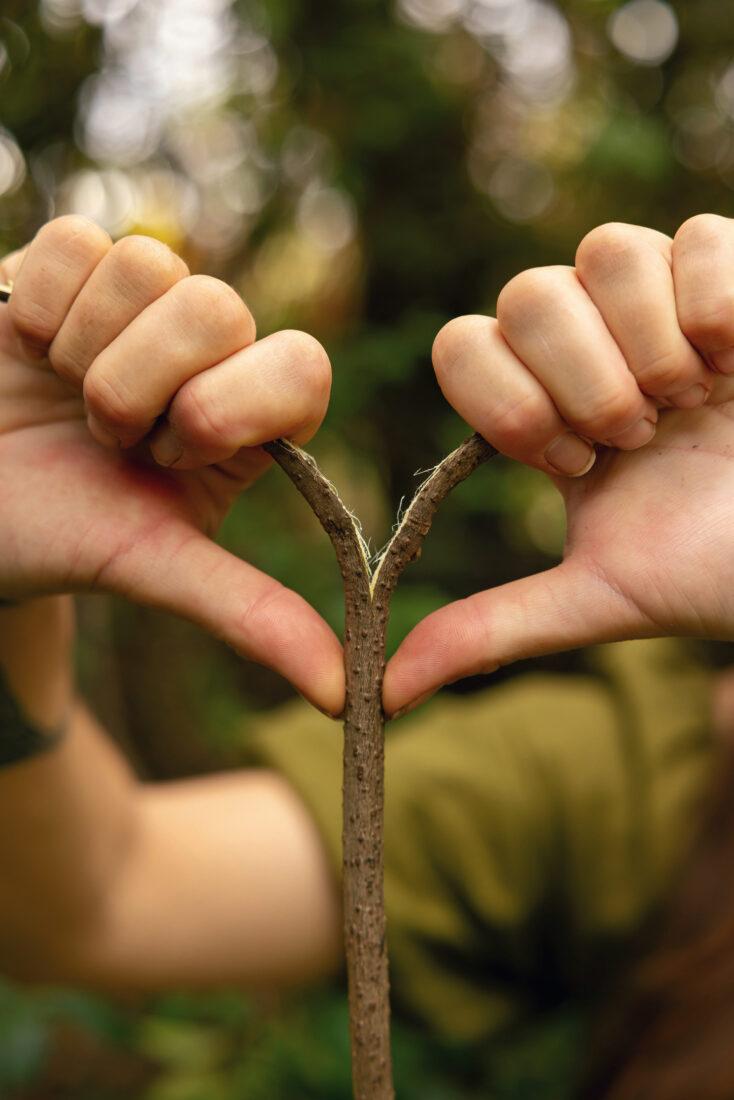
After harvesting vines at the end of winter, Fian leaves them to dry for a few months, keeping the ones that will become a basket’s “stakes”—or structural framework—whole, while splitting thinner “weaver vines” by hand “like pieces of string cheese.” After curing the vines, she rehydrates them to make them more pliable. She then begins weaving, carefully twining the more ribbonlike weavers over and through the thicker ribs and base vines. Aside from the gardening shears she uses to harvest and the bodkin, awl, and threader with which she occasionally fastens vines through thicker pieces, Fian accomplishes the process entirely by hand.
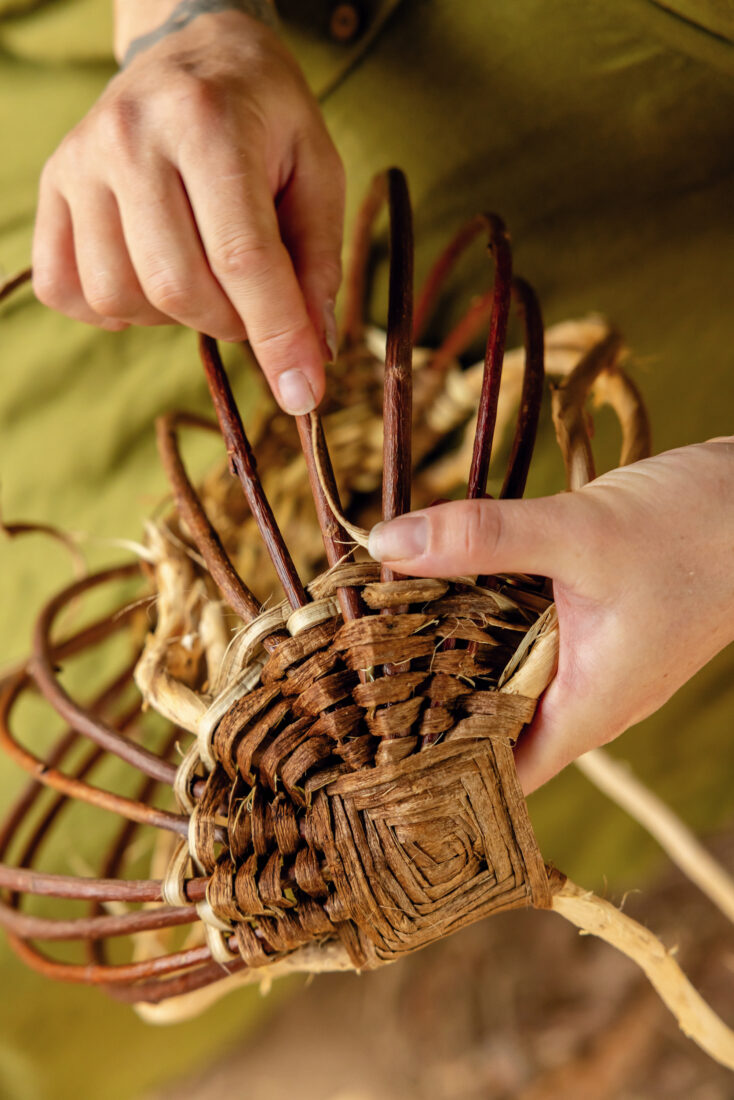
Fian discovered weaving in her mid-twenties, when some soul-searching led her to backpack around the South, then through Nepal and Kashmir. Inspired to pursue a life living with less, she began learning traditional skills like gardening, sewing, and basket weaving, finding a mentor in the South Carolina fiber artist Nancy Basket, who took her inspiration and last name from one of her Cherokee ancestors and specializes in working with kudzu.
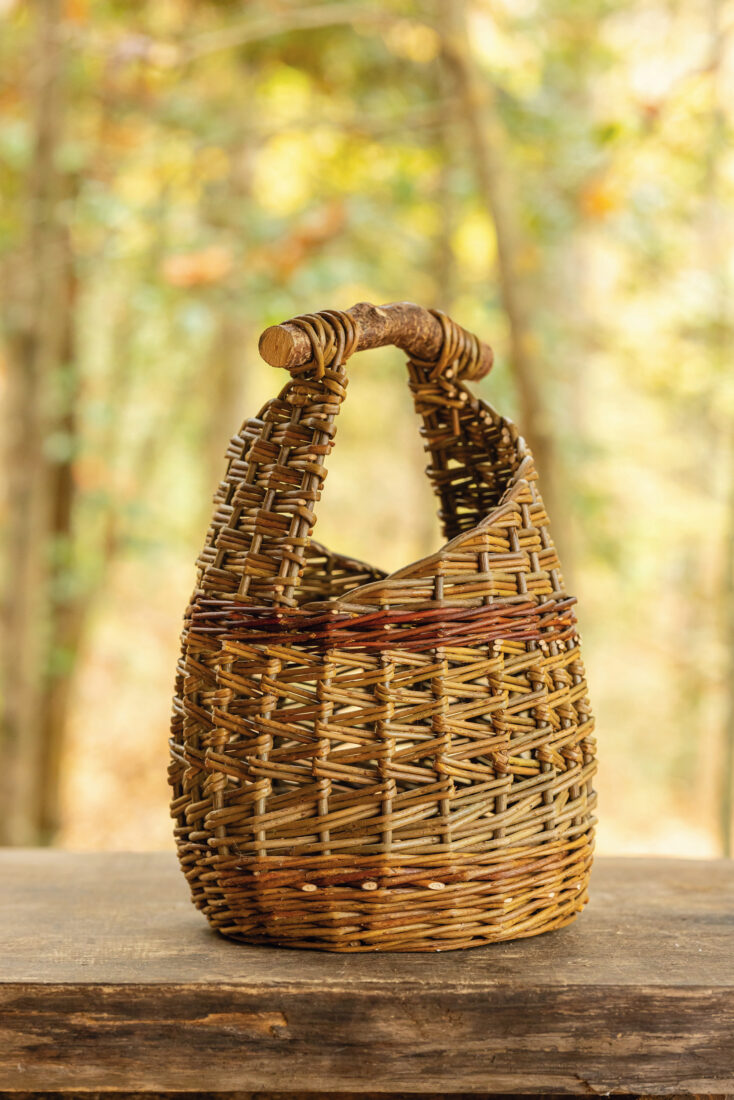
Years later, after moving to North Carolina, Fian spent a month practicing Appalachian basketry techniques at the John C. Campbell Folk School, where “the craft just seeped into my bones,” she says. “As I was learning the weaves and rhythm and really touching base with this tradition, I felt like something inside of me just said, I know this. Like there was a basket weaver in me just waiting to wake up.” An instructor named Pattie Bagley challenged Fian to apply her knowledge of Appalachian white oak baskets to kudzu and other invasives. “And it just lit a fire under me,” she says.
Now Fian teaches basketry with invasives at the Folk School every spring, in addition to offering her own courses both in person and online through her nonprofit, School of the Greenwood. Students from California, Sweden, and New Zealand have enrolled in her classes to learn how to work with invasive plants in their own areas. For Fian, it’s an opportunity to foster her students’ connections with their ecosystems. Harvesting materials requires an intimate encounter with nature—even if it’s not always the pristine setting one might imagine (Fian often gathers materials from abandoned lots, the sides of highways, and the valleys cut by power lines).
“I like to think of it as a hopeful process,” says Fian, who recently wove a kudzu bassinet while expecting her first child. “Just seeing that transformation of something that seems like it’s unstoppable, to realizing it’s got these hidden gifts in it—if kudzu can have these gifts within it, what other difficulties are we facing that might have hidden gifts in them, too?”

